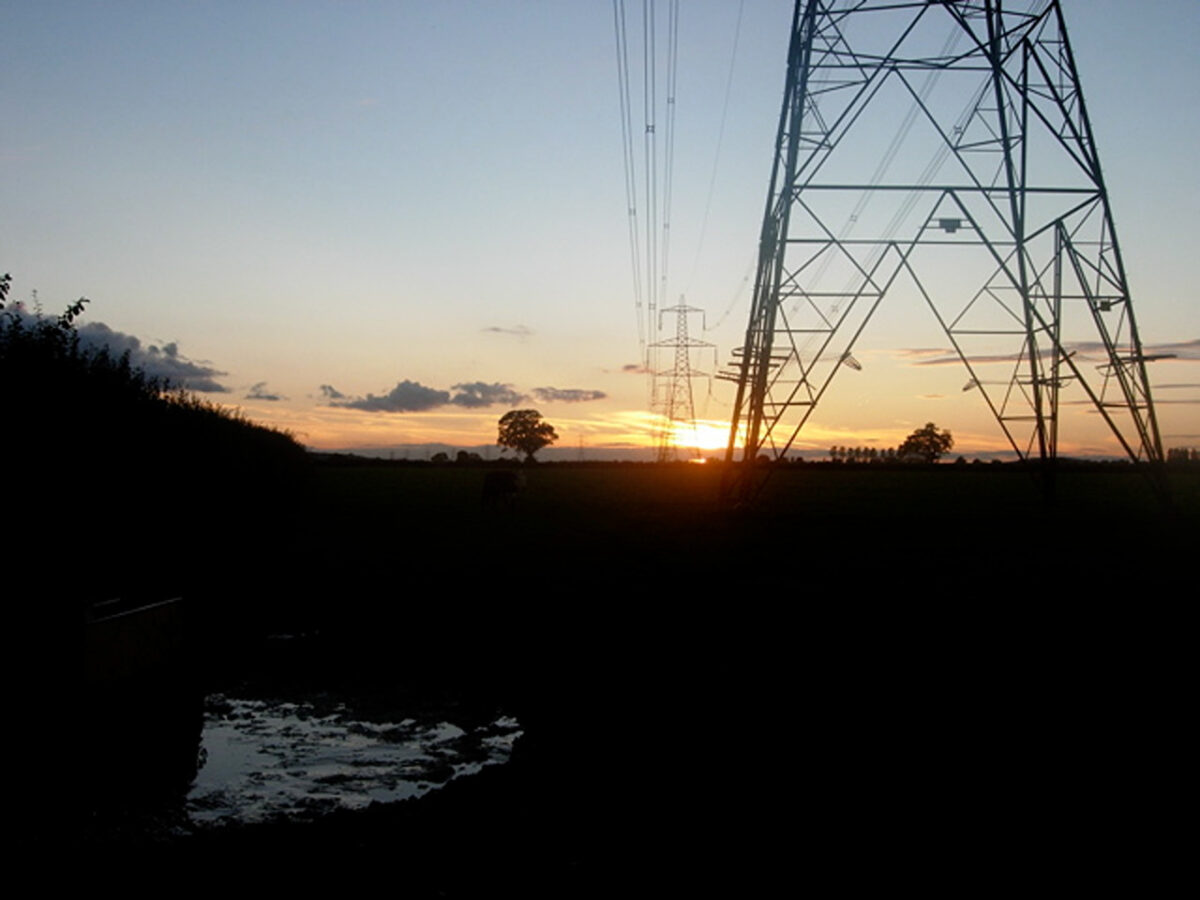Solar PV is a key technology for achieving energy security, independence, and resilience in the energy transition from fossil fuels to renewable energies, especially since the war in Ukraine has accelerated the electrification of heating and cooling and the deployment of PV for self-consumption in industries. In 2022, solar PV entered a new growth dimension by connecting almost 240 GW of new global solar capacity in the grid and by displaying an impressive 45% annual growth rate. Moreover, in 2022, solar PV claimed two-thirds of all installed renewable-energy power capacity and by the end of October 2023, solar PV modules reached a record-low price, making PV currently the cheapest electricity source on the market.
However, the electricity grids can be affected by this high PV penetration. On the one hand, PV introduces a stochastic variability dependent on meteorological conditions, not only because of the day-to-night fluctuations, but also because extreme weather events, such as heatwaves and droughts, caused by climate change, which can potentially damage our grid infrastructure. On the other hand, the energy system integration of PV should transition towards a smart and digitalized system, supported firstly by digitalized PV manufacturing and system and secondly by intelligent distribution control. Therefore, power electronics-based energy resources, digitalization and cybersecurity have gained much prominence in the last few years, resulting in a growing focus on deploying renewable energy sources (RES), with PV at their forefront, in a secure and efficient way. The goal, as outlined by the ambitious European targets such as the RePower EU plan, is eventually to electrify a lot of sectors, including mobility, heating, and cooling.
In this quest, the physical system with the required equipment of the operating infrastructure is populated with a growing presence of Distributed Energy Resources (DER) and more power electronics-driven operation, making it evident that the control of the converters will have to be adapted to better support grid automation. Currently, converters are operating in a grid-supporting principle and providing the required active or reactive power. They mostly focus on frequency control, meaning that the current evolution of systems power converters is operating in a grid-forming mode, i.e. playing a key role in the frequency and system control. The combination of these capabilities with storage, data sharing through a reliable and secure common European data space for energy, aggregators acts by means of data platforms. Furthermore, an emerging Blockchain technology offers the possibility of peer-to-peer trading and can provide additional grid flexibility and be a step in the right direction towards grid automation and digitalization. Motivated by these grid-related challenges and opportunities, The European Technology and Innovation Platform for Photovoltaics (ETIP-PV) is dedicating its 19th annual conference on the topic of “Digitalized and Responsive PV: The driver of Grid and Market evolution.” The conference will take place from 22 May at 13:30 to 23 May at 13:00 CET in Brussels. The registration is now open and you can register for free here.
The conference will specifically focus on the importance of PV digitalization and cybersecurity, as well as the operational policies needed to ensure that PV grid integration is not a bottleneck for the energy transition. The agenda includes high-level keynote speeches from the European Commission representatives and four panel discussions on the following topics:
1. PV systems intelligently contributing to effective distributed control
2. Energy sharing building functional Energy Communities
3. Highly responsive PV in a flexible power system
4. Enhancing PV industry efficiency through focused digitized control and data sharing architectures and models (co-organized by ETIP on Smart Networks for Energy Transition ETIP SNET)
In summary, from this conference you can expect four inspiring panel discussions with experts from both industry and academia; high-level policy keynote presentations from the European Commission addressing how we can drive practical changes; key takeaway insights into PV digitalization and cybersecurity; to gain better understanding on emerging technologies and innovations in grid integration; and last, but not least, networking opportunities with industry leaders.
Do not miss out on the chance to register for the conference. You can also find more details on the conference agenda on the website – which will be continuously updated – or reach out to ETIP-PV directly if you have any questions.
The views and opinions expressed in this article are the author’s own, and do not necessarily reflect those held by pv magazine.
This content is protected by copyright and may not be reused. If you want to cooperate with us and would like to reuse some of our content, please contact: editors@pv-magazine.com.



2 comments
By submitting this form you agree to pv magazine using your data for the purposes of publishing your comment.
Your personal data will only be disclosed or otherwise transmitted to third parties for the purposes of spam filtering or if this is necessary for technical maintenance of the website. Any other transfer to third parties will not take place unless this is justified on the basis of applicable data protection regulations or if pv magazine is legally obliged to do so.
You may revoke this consent at any time with effect for the future, in which case your personal data will be deleted immediately. Otherwise, your data will be deleted if pv magazine has processed your request or the purpose of data storage is fulfilled.
Further information on data privacy can be found in our Data Protection Policy.